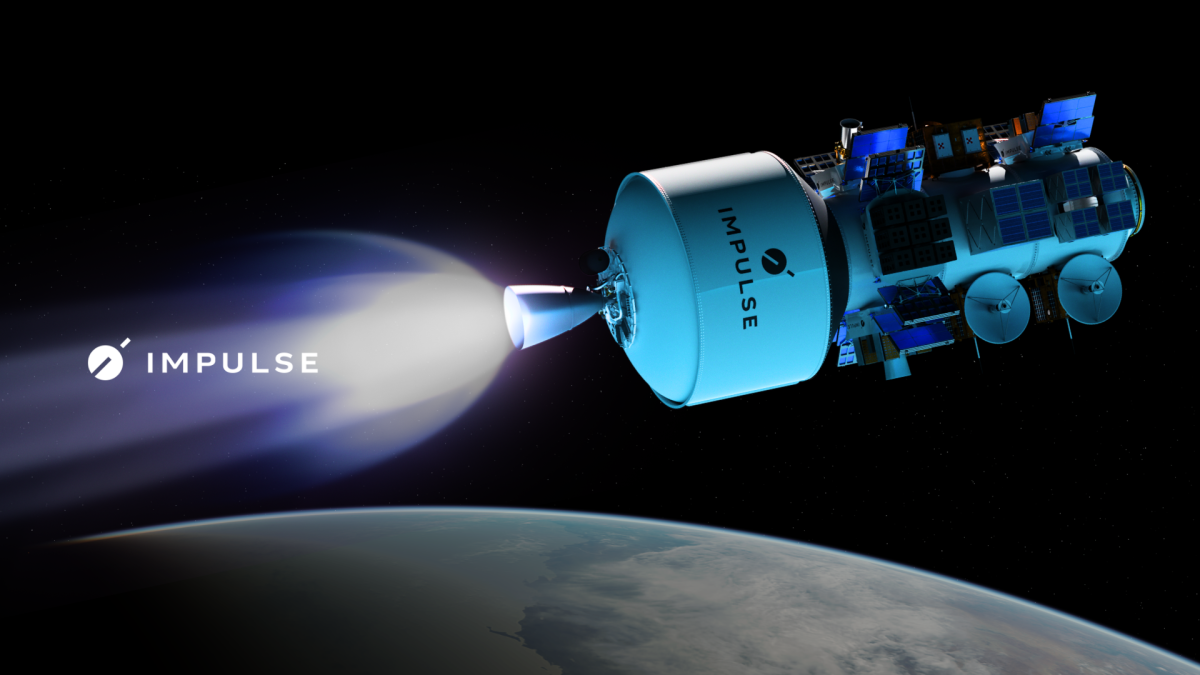Space Force taps Impulse Space for next round of tactically responsive space demos

California-based startup Impulse Space has received a $34.5 million contract to demonstrate on-orbit maneuverability for the Space Force’s tactically responsive space program, the service’s acquisition arm announced Friday.
Under the agreement, Impulse will deliver two orbital maneuver vehicles (OMVs) for two missions — Victus Surgo and Victus Salo — that will test how prepositioned space assets could improve the Space Force’s ability to quickly address on-orbit threats, according to Space Systems Command (SSC). The Small Business Innovation Research Phase 3 agreement is being funded by the Space Force and the Defense Innovation Unit (DIU).
The demonstrations will be the third and fourth for the Space Force’s Victus series under its tactically responsive space (TacRS) effort, which broadly looks to refine how the service will react and respond to new threats in space. The service wants to have an operational TacRS capability by 2026, but expects to keep holding Victus demonstrations on an annual basis.
Previous experiments have focused on drastically reducing the time it takes to launch payloads into orbit, such as the Space Force’s record-breaking 2023 Victus Nox mission that saw a satellite launched into space just 27 hours after orders were given.
However, TacRS is also exploring how maneuverable space vehicles could quickly address changes in the space domain. The program’s next mission, Victus Haze, aims to quickly deliver and launch a satellite into space, but will also require space vehicles to maneuver away from on-orbit threats. In April, SSC awarded contracts to Rocket Lab and True Anomaly for the Victus Haze mission, slated for 2025.
Victus Surgo and Victus Salo will experiment specifically with pre-positioned OMVs, also known as space tugs, that can move space assets from one orbit to another. Impulse Space will provide two updated versions of the company’s Mira OMVs — designed for “last-mile deliveries” from low-Earth orbit (LEO) to a payload’s intended destination — for both missions, a company press release stated.
During Victus Surgo, Impulse Space will launch one Mira OMV equipped with a commercial-off-the-shelf optical payload into LEO via a SpaceX Falcon 9 rocket, according to SSC. The payload will then be lifted to geosynchronous transfer orbit (GTO) using the company’s new high-energy kick stage vehicle, dubbed Helios.
The Victus Surgo demonstration will be the first launch for Impulse Space’s Helios capability, which is being developed to rapidly move payloads from lower orbits into geosynchronous orbit (GEO), the company stated.
As for Victus Salo, another Mira OMV will be launched into LEO using SpaceX’s Rideshare program and will carry a government payload developed by the Massachusetts Institute of Technology’s Lincoln Laboratory (MIT LL), according to Space Systems Command.
Once on orbit, both space vehicles will be able to conduct space domain awareness missions “using a precise, high thrust and high delta-V propulsion capability,” an SSC press release stated.
“We are continuing to push the boundary to prove out how to quickly deliver on the warfighters’ urgent needs,” Col. Bryon McClain, SSC’s program executive officer for space domain awareness and combat power, said in a statement. “The collaboration with Impulse, MIT LL and many others further enables our ability to rapidly integrate, deploy, and operate on tactically relevant timelines.”



